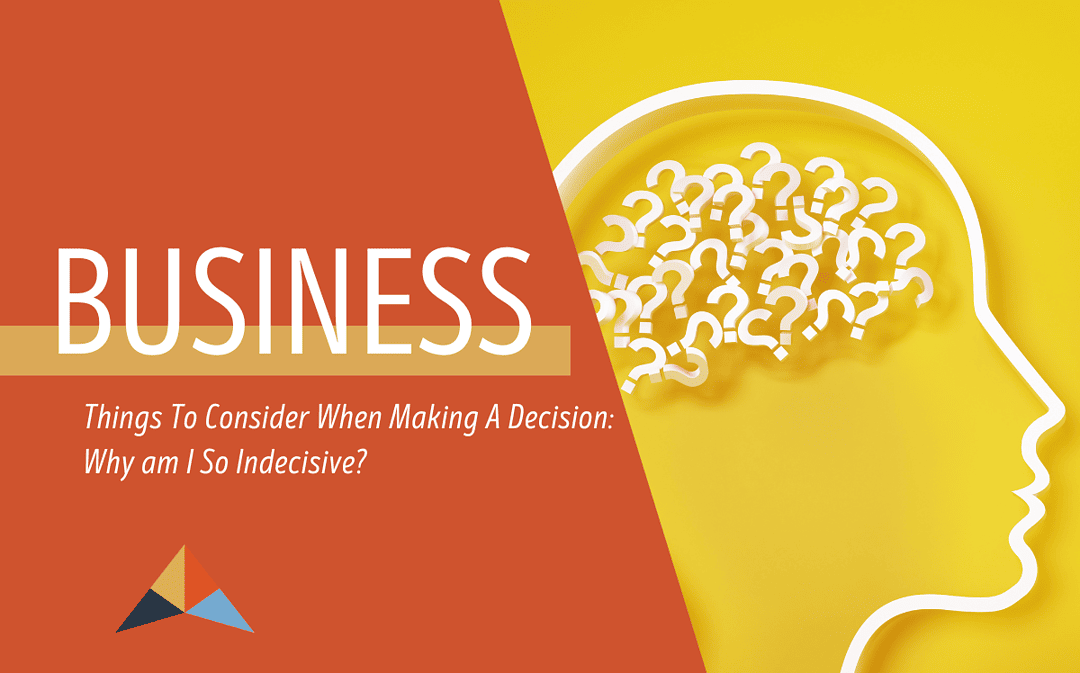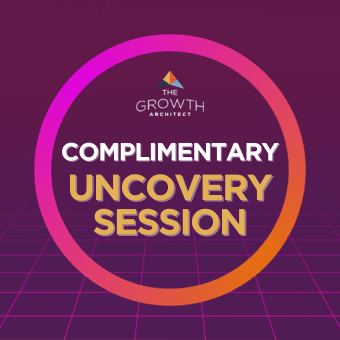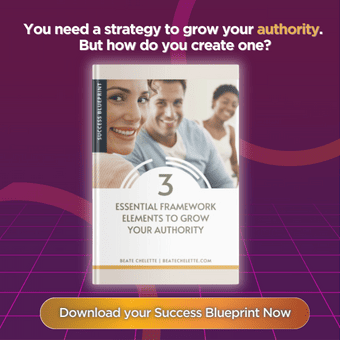How do you make a smart decision when faced with a significant opportunity, but you’re unsure if it’s the right thing to do? Everything may sound great, but how can you be sure the timing is right to go through with it? If opportunities are coming your way to invest in a service or product that sounds amazing, you need to know if you should run with it or not. Looking at your business opportunities from an evaluative standpoint can increase your odds of knowing when something is a good decision or investment and determining the next step you need to take.
What Do You Stand To Gain?
One of the first questions you must ask yourself revolves around time because time is one of your most precious commodities, and time IS money. If what you are offered provides you with a quicker way to get where you want to be, then you need to consider it. If someone can teach you a shortcut that will allow you to reach something in days or weeks instead of months or years, then your investment decision boils down to simple math. Run the numbers – if you increase sales between $1,000 to $10,000 per month by implementing the new idea or strategy, and you don’t do it, then you will be losing between $12,000 to $120,000 per year. If the service they offer costs you $2,000, this becomes a no-brainer. You are absolutely hurting yourself if you don’t step out and do it.
Understand Psychological Barriers To Change
One of the most important things to remember when investing is recognizing how you look at things and understanding that psychological barriers to change exist. We are wired for resistance; sometimes, it takes time to wrap our minds around something new. Think about things you have done in the past. Whether you quit your job to become an entrepreneur or leveled-up your company – you know that these steps required change — you had to spend money and hire employees, and those changes didn’t happen overnight. You ease yourself into the reality that you were stifling productivity by trying to do everything alone. Once you saw the benefit of the system or person you brought on board, you could see how it multiplied your work and allowed you to scale up quickly. That is why you continued on this path – you saw the value.
The same principle applies to any decision. You have to give yourself enough time to ease into the new opportunity and see the value of how it can benefit you.
Figure Out What Works For You
Everything you try will not work. That is not a newsflash, but it needs to be recognized when looking at strategies and investments because you can’t base success on what worked for other people. When looking at investing in a strategy to grow your business, the goal is to find the system that works for you because not all of them will work. You may want to try something because someone else got a great return on investment using that strategy. That is the wrong way to make a decision. It is your job to figure out which strategy works for you in the shortest amount of time. When something does not work, cut it immediately, and move on to the next piece.
When failure happens, prepare yourself for internal discomfort. Your mind will want to tell you that nothing else you try will work, a mindset you must push through if you want to succeed. The temptation will be to focus on the negative. Instead of recognizing that you have the power, the knowledge, and the capability to step into an opportunity – an opportunity that may have come to you because you made it happen – you will want to revert back and find every reason why it won’t work, and back off to spin the same circles you have continually spun. Resist this cycle, and see the possibilities rather than the past.
Know What Is Causing the Pause
When faced with making decisions, it is a great time to examine your typical behavior patterns and evaluate why you are typically resistant to change. What causes you to pause? When you can determine a pattern to your decision paralysis, you have the conscious ability to break the habits and free yourself from those barriers.
Recognize Internal Resistance
One area you need to focus on is your natural, internal resistance to change. Your mind realizes that one change precipitates many other changes, creating a domino effect. For instance, if you decide to shift your brand in a new direction, multiple things must change – verbiage, website content, style – one change creates several changes, and it looks like a great deal of work because it is. Your brain recognizes this, and you will begin to feel an internal resistance strong enough to keep you from stepping into a breakthrough moment.
Instead of feeling like you are at the beginning of something great, you can break down into a negative thought pattern. It is up to you to recognize that you are hardwired for safety, and all of this change feels anything but safe and comfortable. If you allow your subconscious to win these battles, you will continually be right back where you started, just dreaming about your goals and plans but never taking the steps necessary to get where you want to be. You override your internal resistance to change by recognizing your subconscious hardwiring and making conscious, intentional decisions.
Evaluate How Long It Takes You To Make A Change
Once you have evaluated your behavior pattern and recognized internal resistance, you need to understand how long it typically takes you to make a change. Look back at your relationships; do you tend to stay a little too long? Most people do. If you are honest with yourself about how long you wait to do what you know needs to happen, you will more than likely find that you drag out things that could have happened quicker. When you evaluate this “lingering” behavior, you will typically find that you would have been much better off changing way before you actually did. Once again, you must be consciously aware of this when making current decisions. Putting them off did you no good in the past, and it will not help you now, either.
Identify A Self-Sabotaging Pattern
Finally, you must learn to recognize self-sabotaging patterns of behavior. This happens when you look for reasons to keep from making a change and begin to see events as signs. For example, a natural problem arises in your life – a parent gets sick, you have to get a tooth pulled, an appliance breaks, your car needs a repair, you have to get a new tire – what it is doesn’t matter, it’s just life events that are bound to happen from time to time. But, instead of viewing them this way, you begin to use these events as excuses – as signs – that your plan just wasn’t meant to be, even though these things would have happened anyway.
People get sick, teeth have issues, cars break down, and tires have to be replaced; these things happen. You must stop interpreting them as signs that things are not supposed to happen and using them to justify why you are not making a change. When you use events this way, you are exhibiting self-sabotaging behaviors and allowing your subconscious to place you right back at the starting point. Remember, you can never win a game you play against yourself!
As the Growth Architect, I want to help you step into whatever it is you said you were going to do and help you discover where you are unconsciously backing off and finding reasons to justify staying where you are. As a conscious leader, a heart-centered leader focused on impacting and helping other people, you owe it to yourself to have clarity on what it is you’re trying to do, and I am here to help you. If you want to know more about making decisions, watch my video.
Let’s grow!
Beate
Beate Chelette is The Growth Architect & Founder of The Women’s Code, and provides visionaries and leaders with strategies, blueprints and results-oriented, tangible tools and techniques that give clear steps to improve business systems, strengthen leadership skills and teams so that you can scale your impact.
A first-generation immigrant who found herself $135,000 in debt as a single parent, Beate bootstrapped her passion for photography into a highly successful global business and eventually sold it to Bill Gates in a multimillion-dollar deal. She is amongst the “Top 100 Global Thought Leaders” by PeopleHum and “One of 50 Must-Follow Women Entrepreneurs” by HuffPost.
Recent clients include Amazon, Reckitt (the maker of Lysol), Chevron, Merck, Johnson & Johnson, the Women’s Legislative Caucus of California Cal State University Dominguez Hills, Shelter Inc., Mental Health First Aid and thousands of small businesses.
Beate is the author of the #1 International Amazon Bestseller “Happy Woman Happy World – How to Go From Overwhelmed to Awesome” –a book that corporate trainer and best-selling author Brian Tracy calls “a handbook for every woman who wants health, success and a fulfilling career.”
To book Beate to speak or train please connect here. Your Time Is Valuable!





